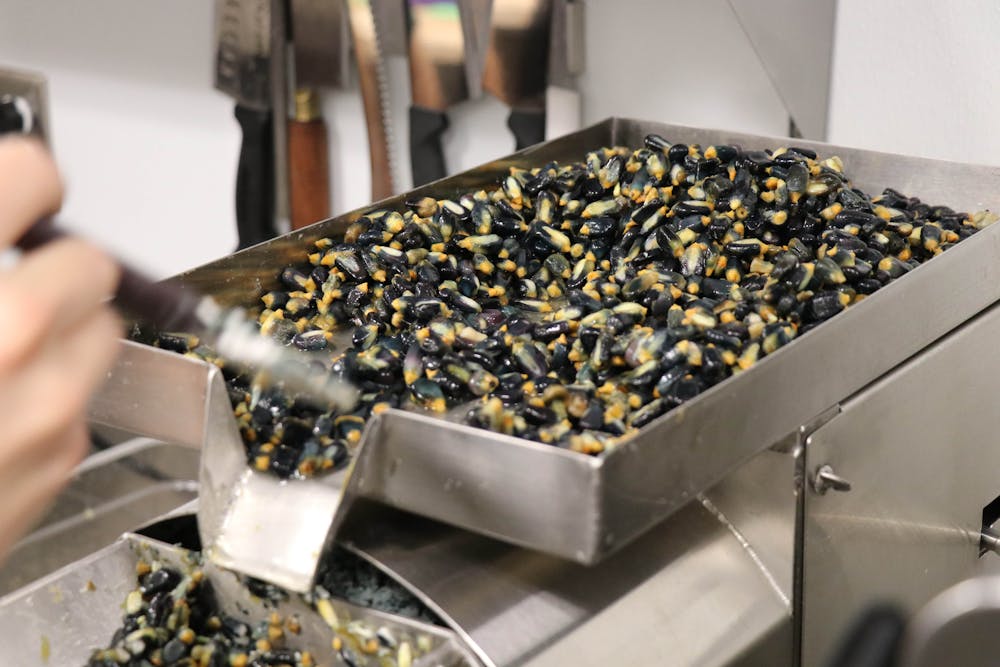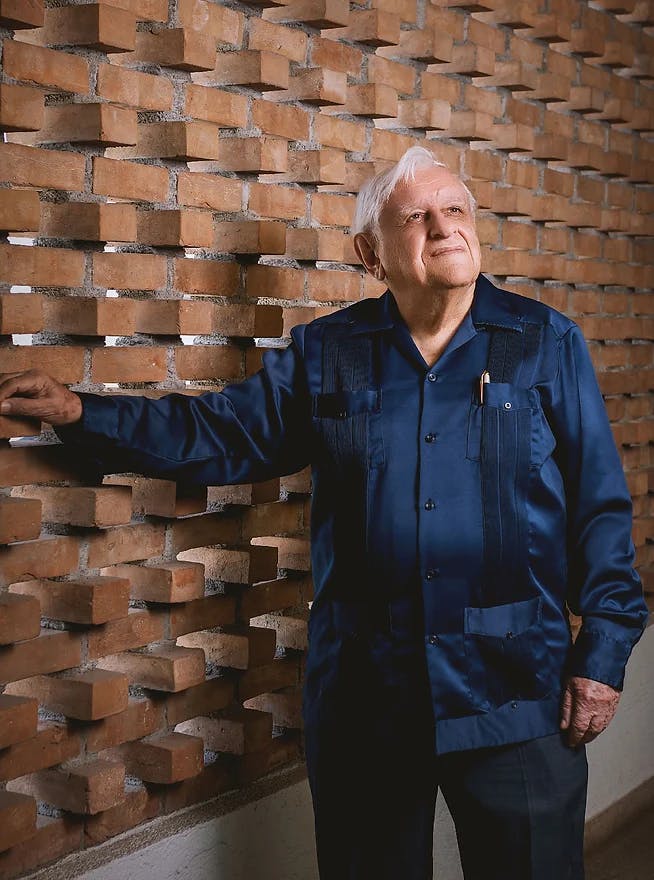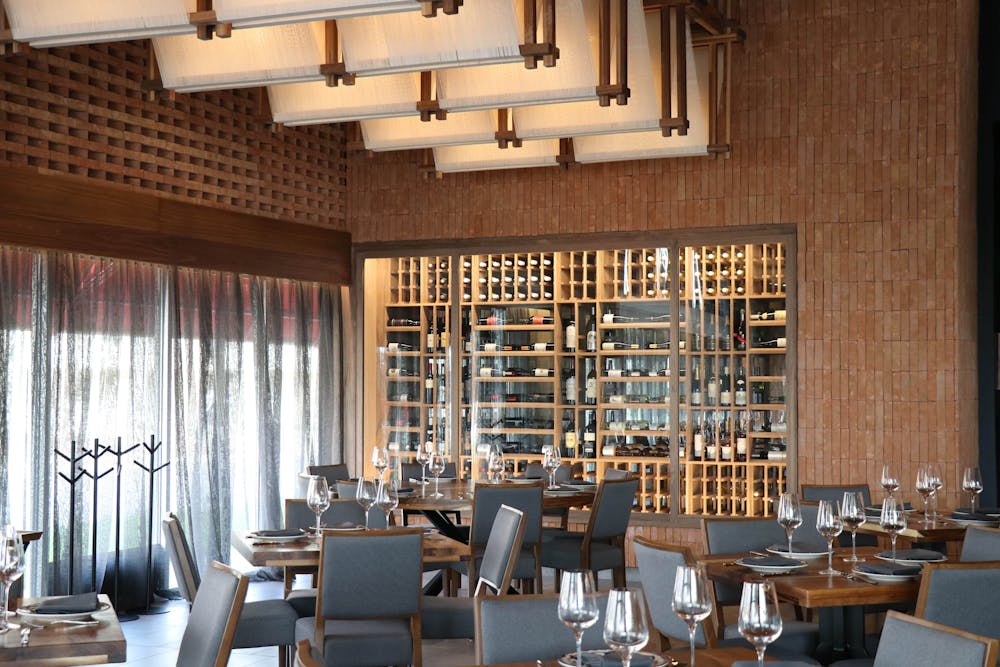About Us
An upscale mexican experience
Don Artemio is a culinary space in which the flavors of the cuisine of Northeast Mexico are recreated with contemporary airs.
 Mexican gastronomy is a living expression of centuries-old cultural heritage. |
Our architectural design is inspired by the old houses of Saltillo, Mexico, typically made with clay bricks. It incorporates elements that represent icons of our culture as the Sarape de Saltillo and the wines of Coahuila, creating an immersive Mexican contemporary atmosphere. |  At Don Artemio we incorporate local ingredients from Fort Worth and northeastern Mexico, such as kid goat and nopales. |
¡ Come Muy Rico !
Inspired by Mexico ́s traditional cuisine, Chef Juan Ramón Cárdenas, together with our culinary team, are constantly exploring different techniques and looking for new ingredients to create contemporary dishes that indulge the palate.
Passion for Mexican culture
This unique and innovative concept created by Juan Ramón Cárdenas, chef, and food industries engineer, gastronomic researcher, and author of “La Senda del Cabrito”, has more than 15 years of history. The restaurant's name was suggested by a great writer and chronicler Don Armando Fuentes Aguirre, “Catón”, entrusted with the proposal.
The original design of Saltillo’s restaurant is inspired by old Mexican houses, with the central patio, and the rooms at the sides. In Mexico, we consider the kitchen the center of the family, the center of the home.

Passionate about the historic center of Saltillo and elements such as clay and textiles, architect Luis Alberto González Díaz de León teamed up with chef Juan Ramón Cárdenas Cantú to create the visual aesthetic that characterizes Don Artemio in Saltillo, the same one that most it would later be printed at Don Artemio Mexican Heritage in Fort Worth.
With love for Coahuila as a common denominator, the project began to take shape. The architects first worked on the Cava del Desierto, a room completely enclosed with brick that represented a great challenge, but also an unparalleled achievement. It is a tribute to the desert, whose central lamp represents the sun, and which houses more than 30 exclusive Coahuilense wine cellars.
And the anticipation began when trucks loaded with clay pots pulled up in front of the Fort Worth restaurant, people stared wondering where these Mexican beauties came from and what their purpose would be. But that was not all, trucks also arrived with hundreds of bricks, then with looms, with pieces of art, with pieces of wood.
According to the learning and mentors he has had, the architect born in Zacatecas, but adopted by Coahuila, generates his vision and philosophy with materials such as brick, clay, and textiles. These are incorporated into the architect's projects but without falling into the formula of using them for everything, but experimenting and looking for different faces, this is how each project feels different.
Riquezas de la tierra
Corn feeds the soul of the Mexican, nourishes it, and pampers it; It is the result of the care and dedication of those who produce it. Those peasants managed to domesticate one of the oldest known grains.
For the Mexican people, "apapachar" means to embrace the soul, so it is not surprising that this important food provides so much to the culture and culinary heritage of the country.
The history of corn goes back about 10 thousand years ago, and its birth occurred in the central region of Mexico. Its wide variety ranges from white, blue, fat, sweet, small, bofo, rabbit, Northwest sweet corn, to chapalote and yellow. In total there are more than 60 species, only in our country!
-
Juan Ramon Cárdenas
Creator & Founder -
Adrián Burciaga
General Manager & Co-Owner -
Martin Quirarte Jazo
Assistant General Manager -
Rodrigo Cárdenas
Culinary Director -
Marcial Riojas Lucio
Chef de Cuisine -
Mariajose Cervantes
Marketing Manager -
Eric Hernandez
Sous Chef -
Eduardo Sánchez
Restaurant Manager -
Alonso Carballo
Sous Chef -
Karen Sanjuan
Assistant Manager -
Jacqueline Ponce
Assistant Manager

